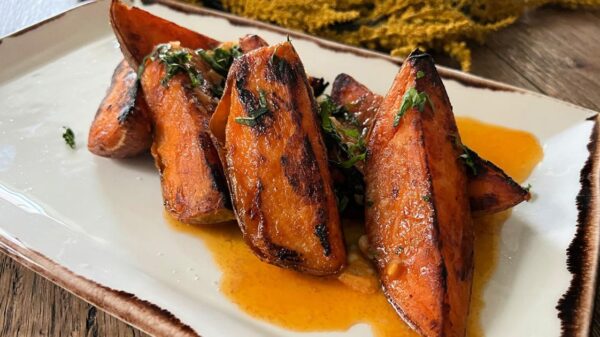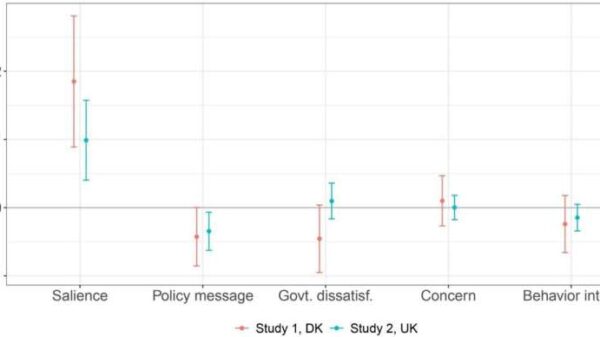The debate over which dessert reigns supreme on Thanksgiving—pumpkin or sweet potato pie—continues to spark spirited discussions across the United States. While both pies share a similar appearance and taste, their cultural significance and popularity often vary by region.
Cultural Roots and Preferences
In Flowood, Mississippi, the owner of Sugar Magnolia Takery, Elizabeth Arnold, offers both desserts, noting that the primary distinction lies in their spice profiles. “Sweet potato pie is sweeter, made with white and brown sugar, while pumpkin pie is less sweet and spicier,” Arnold explained. For many customers like Lori Robinson, pumpkin pie holds a special place in their Thanksgiving tradition. “My mom cooks it every Thanksgiving, Christmas, every time. It’s way better than sweet potato,” Robinson said.
Interestingly, customer Xavier Pittman disagrees, stating, “Sweet potato pie. All day.” This sentiment reflects a broader trend in southern bakeries, where sweet potato pie tends to outsell pumpkin. Adrian Miller, a culinary author known as the “Soul Food Scholar,” attributes this preference to the deep roots sweet potatoes have in Southern culture and history. “If there were to be a Mount Rushmore of soul food desserts, sweet potato pie would definitely be there,” he asserted.
Historical Context and Culinary Divide
The origins of these two pies reveal more about American history than merely culinary choices. While pumpkin pie is often associated with northern regions, sweet potato pie has become a symbol of African American culture in the South. Michael W. Twitty, a culinary historian, emphasizes that the debate over their popularity goes beyond taste—it is about identity. “We can have fun with good-natured ribbing between regions and cultures,” he noted, stressing the importance of understanding the cultural significance behind each dessert.
Twitty’s family connections trace back to the 17th century, and he recalls Thanksgivings filled with homemade sweet potato pies. He highlighted that sweet potatoes were a staple for many enslaved people in the Americas, providing a familiar and accessible food source similar to yams and cassava. While some believe that the abolitionist movement contributed to the lack of sweet potato pie popularity in the North, Twitty argues that access played a significant role. “In the North, early Americans didn’t have much access to the orange sweet potatoes we think of today,” Miller explained. Instead, northern sweet potatoes were often white-fleshed and mealy, making pumpkin the more available option.
The tradition of pumpkin pie dates back to the colonial period, with a recipe appearing in the nation’s first cookbook, authored by Amelia Simmons in 1796. While the culinary divide has some historical basis, both Miller and Twitty agree that these stereotypes do not reflect the reality of many families. Miller shared his experience of enjoying both pies during Thanksgiving, illustrating that the debate is not as clear-cut as it may appear.
As Thanksgiving approaches, the conversation around pumpkin and sweet potato pie serves as a reminder of the rich tapestry of American culinary traditions. Whether one prefers the spice of pumpkin or the sweetness of sweet potato, the debate highlights the diverse cultural influences that shape holiday celebrations.


































































